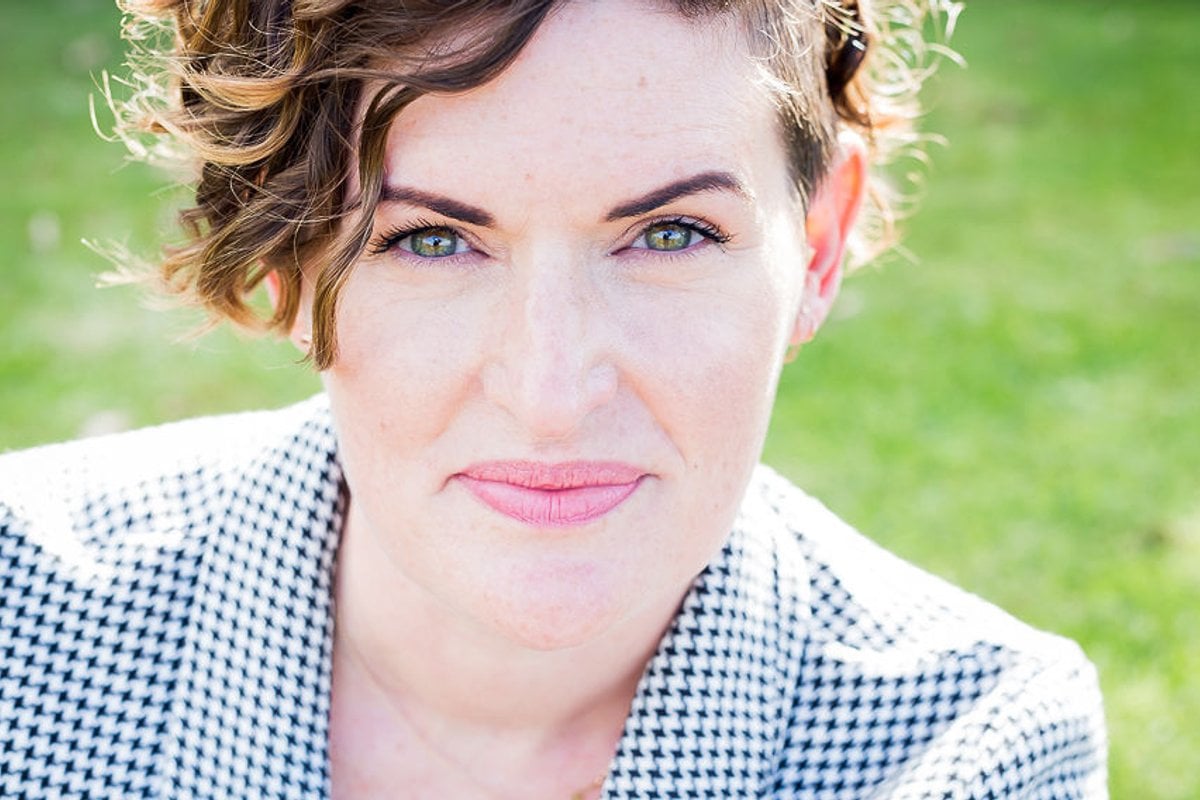
On November 29, 2017, I was admitted to Albany Health Campus for a hysterectomy and anterior/posterior vaginal repair with Dr George du Toit. That surgery made me part of a club no one wants to join: I’m one of 170 women making official complaints against Dr du Toit after botched obstetric and gynaecological surgery.
Membership benefits include bladder leakage, the threat of further surgery, and symptoms of PTSD.
As you can probably imagine, vaginal surgery is uncomfortable and embarrassing. But I'm lucky - until this point, I had never been violated. Until this point, the most intimate parts of my body had only been touched with love. I can't imagine the compounding effect an experience like this would have on a victim-survivor of sexual assault.
By December 2, a large bulge had formed on the lower left side of my torso. I even gave her a name: Kylie. I started to feel concerned but the hospital staff did not share my concern.
While you're here, learn more about hysterectomy below. Post continues after video.
That night, my nurse was a woman on a mission. She was very focused on the amount of fluid in my bladder, which led to her scanning my bladder repeatedly over several hours.





























































































